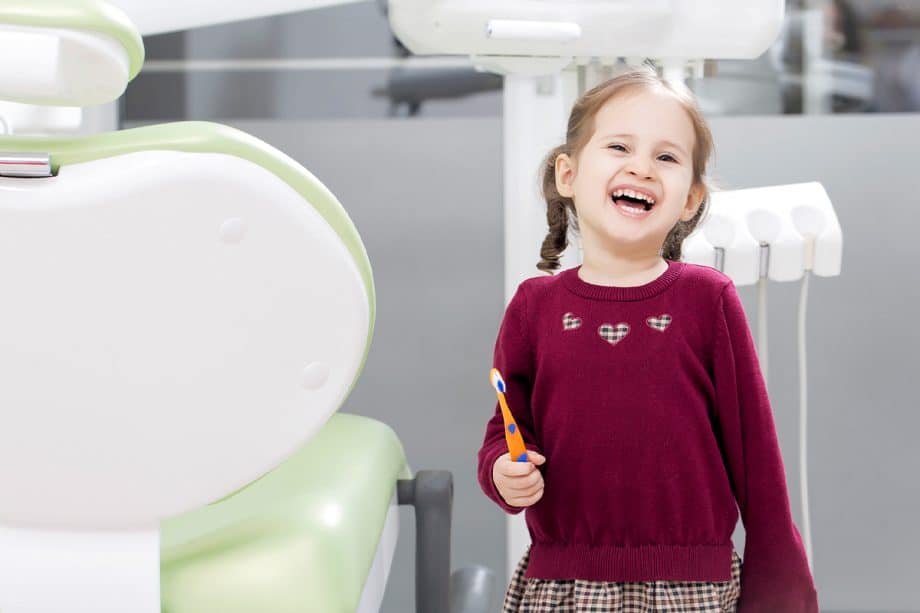Teeth are strong and durable - and can chew through many things. But they aren’t invincible. Tooth decay is powerful enough to eat through the enamel causing a cavity.
If this happens to your child, what do you do? Should you fill a child’s baby tooth cavity? What happens if you don’t?
As parents, knowing the right thing to do to ensure your child has the best care is important. So, to help you make an informed decision if your child has a cavity, here’s everything you need to know.
What is a Filling?
The buildup of plaque and bacteria on a tooth can slowly eat away at the protective enamel, exposing layers underneath the surface. This is known as tooth decay - and it can be dangerous.
To avoid the spread, dentists can thoroughly clean the area to remove the decay and infection before sealing it up with a filling. Amalgam (silver) fillings as well as composite (white) fillings can be used to protect the tooth.
If left untreated, tooth decay can continue making its way into the inner part of the tooth and infect its pulp. As a result, more complex treatment, referred to as pulp treatment, may be necessary.
Tooth decay can impact both permanent teeth and baby teeth.
Does a Baby Tooth Cavity Need to be Filled?
Even though tooth decay can be treated with a filling, does it have to be? Does a baby tooth cavity really need to be filled?
Many parents assume that since baby teeth are going to fall out that they don’t need to worry about treating them. However, there are several reasons why most dentists recommend moving forward with filling them.
Cavities can cause toothaches. They can make it uncomfortable to eat and even speak. This can lead to interruptions in school, getting a good night’s rest, and social fun. In other words, leaving a cavity in a baby tooth untreated can impact your child’s quality of life more than you may realize.
What’s more, tooth decay spreads. If you do not treat it, it will continue to spread, eating through the tooth and reaching the pulp and perhaps even the bone. It can spread to other teeth too. Not only can this be dangerous for the baby teeth but it puts the underlying permanent teeth at risk, too.
By having your child’s baby tooth filled, you are boosting oral health and ensuring that the baby tooth is there to guide in a healthy permanent tooth when the time comes.
Preventing Cavities in Baby Teeth
Teaching your child to have good oral hygiene habits at an early age can ward off cavities before they start. Help your child with brushing their teeth at least twice per day and using floss at least once per day. This will keep plaque and bacteria buildup at bay - minimizing the risk of cavities.
Furthermore, have your child visit the dentist every six months for a cleaning and checkup. The cleaning will clear out any areas of missed buildup and the dentist will be able to notice cavities early - before they get uncomfortable.
Baby Tooth Fillings in Long Island, NY
Is your child complaining of tooth pain? Don’t wait to see the dentist. Suffolk Pediatric Dentistry and Orthodontics provides restorative procedures, including fillings, to help your child have healthy, thriving oral health.
To make an appointment, contact us today at one of our 5 convenient office locations.

